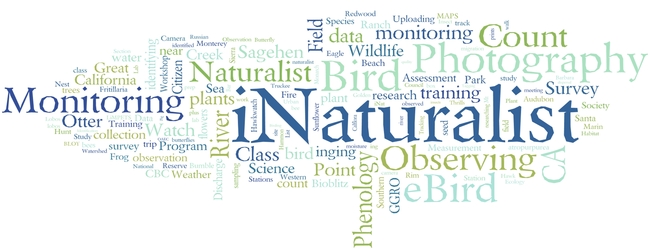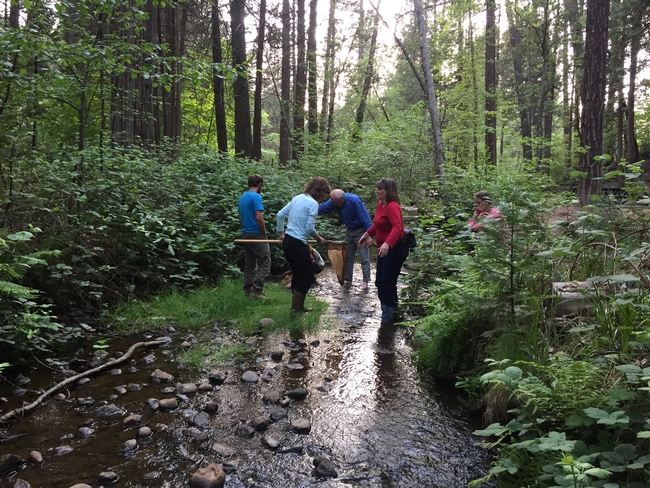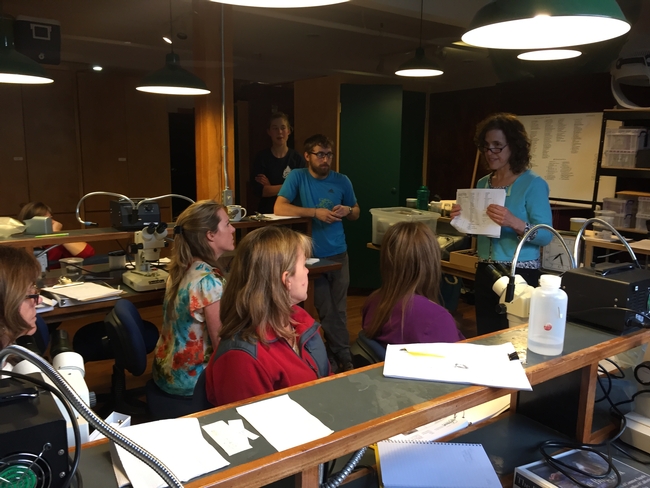First national celebration for citizen science in April
Citizen science is really picking up steam with the White House honoring 12 “Champions of Change” for their dedication to increasing public engagement in science and science literacy and the recent launching of a new Citizen Science Association. This year the momentum continues and everyone will be able to celebrate the first national Citizen Science Day on April 16, 2016, when the Citizen Science Association and SciStarter will promote and inspire organizations around the country to host events in celebration of public participation in scientific research. A major celebration will be held in conjunction with the USA Science & Engineering Festival in Washington, DC. This will kick off a series of citizen science open houses and activities to be locally sponsored by science centers, museums, libraries, universities and schools, and federal agencies nationwide.
What is “citizen science” exactly? Citizen science involves engaging non-professionals in scientific research. While applied across many disciplines of science, including biochemistry, astronomy, and psychology, UC Agriculture and Natural Resources' California Naturalist Program (CalNat) specifically empowers participants and partners to use citizen science to inform natural resource management. To understand and protect natural resources, scientists and decision makers often need information over long time periods and across many locations. Citizen science is one crowd-sourced
The CalNat Program has incorporated citizen science in the training curriculum from the program's inception. One of the program's primary goals is to increase public participation in natural resource conservation and citizen science projects throughout the state. Each partnering organization offering a CalNat certification course must adopt a class citizen science project so that each course participant gains experience in data collection and entry. Course participants are introduced to the interactive, on-line iNaturalist tool, where users can record observations from nature, develop online species lists and journals, meet other naturalists, and contribute to research-grade observations at the Global Biodiversity Information Facility. While some partner organizations already have an active
Together, with the Alliance of Natural Resource Outreach and Service Programs (ANROSP), we anticipate celebrating the first national Citizen Science Day on April 16 with our 16 scheduled spring California Naturalist courses and the 26 other Naturalist programs around the nation.

California Naturalists contribute to a variety of citizen science projects.




Google "tower of babel story" and select Wikipedia's "Tower of Babel" for interesting comments on a "...crowd-sourced approach to gathering information."
Posted by Charles A Raguse on February 12, 2016 at 1:11 PM